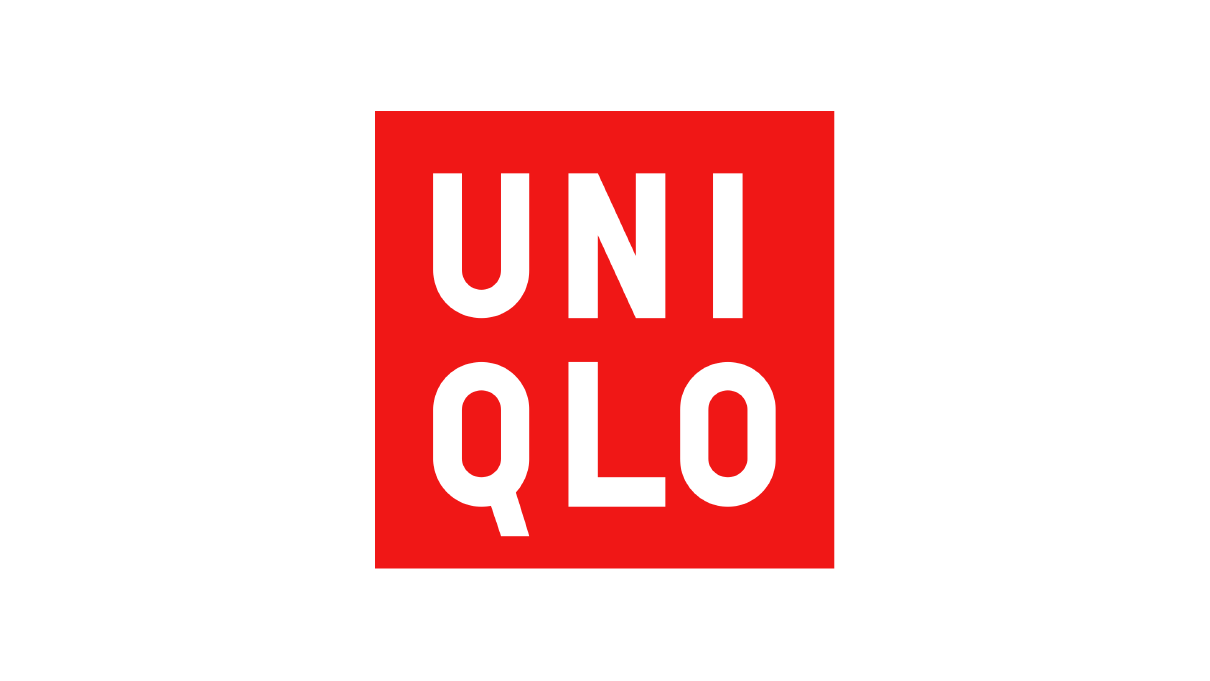Japanese consumers may be tech-savvy and mobile-centric, but marketers have yet to tap into the platform’s full potential. Now, with tools like Google’s store visit conversions, marketers can measure store visits and deepen the connection with their consumers on mobile during crucial micro-moments.
Japan is one of the world’s most innovative countries when it comes to mobile. The land of sushi and Harajuku is one of ten countries where more Google searches occur on mobile devices than on personal computers.1 (Where else would you search for “best onigiri near me”?)
Despite superior mobile advancements, marketers seem to be trailing when it comes to digital ad spend. Even as the third-largest advertising market in the world, Japan doesn’t crack the top ten for digital ad spend, not to mention the meager mobile ad spend which hovers at 9.5%, well below that of countries like China, the U.K., Korea, and Finland.2
Bottom line: Japanese businesses that want to thrive in today’s digital, mobile-forward economy need to make sure their marketing dollars are plotted along the consumer journey. Across the path to purchase, consumers are being inspired and influenced as they make critical decisions and inquiries that brands can answer. This is especially true on mobile, where consumers experience countless numbers of I-want-to-go moments, and not only toward onigiri. If your brand can be there in these critical moments, you’ll likely see results—and fast.
Meeting consumers in their mobile micro-moments
More and more consumers are searching products and stores from their mobile devices before committing to a purchase or going somewhere. This trend is especially apparent in Japan, where 52% of all e-commerce transactions take place on mobile, and mobile retail conversion rates are 300% that of the U.S.3
As Google Japan’s Representative Director Peter Fitzgerald said, “Consumers check their mobiles hundreds of times a day. The moments in which we turn to mobile to get something done should really matter to brands. We call these micro-moments, and we see more of them in Asia than anywhere else.”
Japan is one of ten countries in the world where more Google searches occur on mobile devices than on personal computers.
Some marketers are resistant to mobile marketing because measuring mobile throughout the purchase journey can be difficult—but the flip side is to miss out on the myriad customers actively looking for your brand or a product you offer. When you think of where customers are, mobile marketing is a no-brainer, really.
To address this measurement conundrum, businesses can now use Google’s store visit conversions feature, which allows advertisers to see how ad clicks influence store visits and help marketers determine when, exactly a “Let’s eat there!” mobile ad click turns into satisfied customers saying “Oishii!” in your restaurant.
Store visit conversions measure impact of mobile ads
Seven & i Holdings Co., Ltd., better known as the parent company of famed department stores Sogo and Seibu, as well as Japan- and U.S.-based 7-Eleven convenience stores, has taken advantage of the store visit conversion feature. Because Seven & i Holdings Co. manages a variety of on- and offline channels, it aims to drive omni-channel retailing and provide a seamless shopping experience for consumers. Despite having previously launched several integrated campaigns, however, the conglomerate had never been able to precisely measure the impact of its digital ads.
After ensuring its addresses were updated across Google properties, Seven & i Holdings Co. turned to store visits to collect better data on the number of people that clicked on its ads and later visited its stores.
Google Ads4 drives results for omni-channel retailers
Store visit conversions finally gave the company a read on the actual impact of digital ads on store visits. Once it could measure the number and frequency of in-store visits that came from mobile, Seven & i Holdings was able to optimize its digital investment by calculating a more accurate return on ad spend.
The company learned that compared to desktop, mobile drove a phenomenal 44% increase in shoppers to its stores at a 40% lower cost. The findings gave Seven & i Holdings Co. a comprehensive view of the impact of its online ads, leading the company to optimize its marketing strategy and investments.
The number of mobile search store visits was 44% higher than those on desktop, and cost per visit was 40% lower.
The full advantage of mobile
There’s much to be optimistic about in Japan’s mobile future. The results of Seven & i’s store visit conversions trial is just one example of the full value of mobile, especially in mobile-forward markets like Japan. The sooner marketers embrace these trends, the sooner they can take advantage of the many crucial moments along consumers’ paths to purchase (or paths to onigiri).
“Going forward, in-store conversion data will be critical for us to maximize the value of our omni-channel strategy by capturing all the micro-moments, regardless of time, location, or device type,” said Ryoji Harada, senior officer in the Corporate Identity office at Seven & i Holdings Co.







